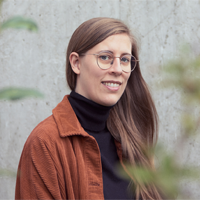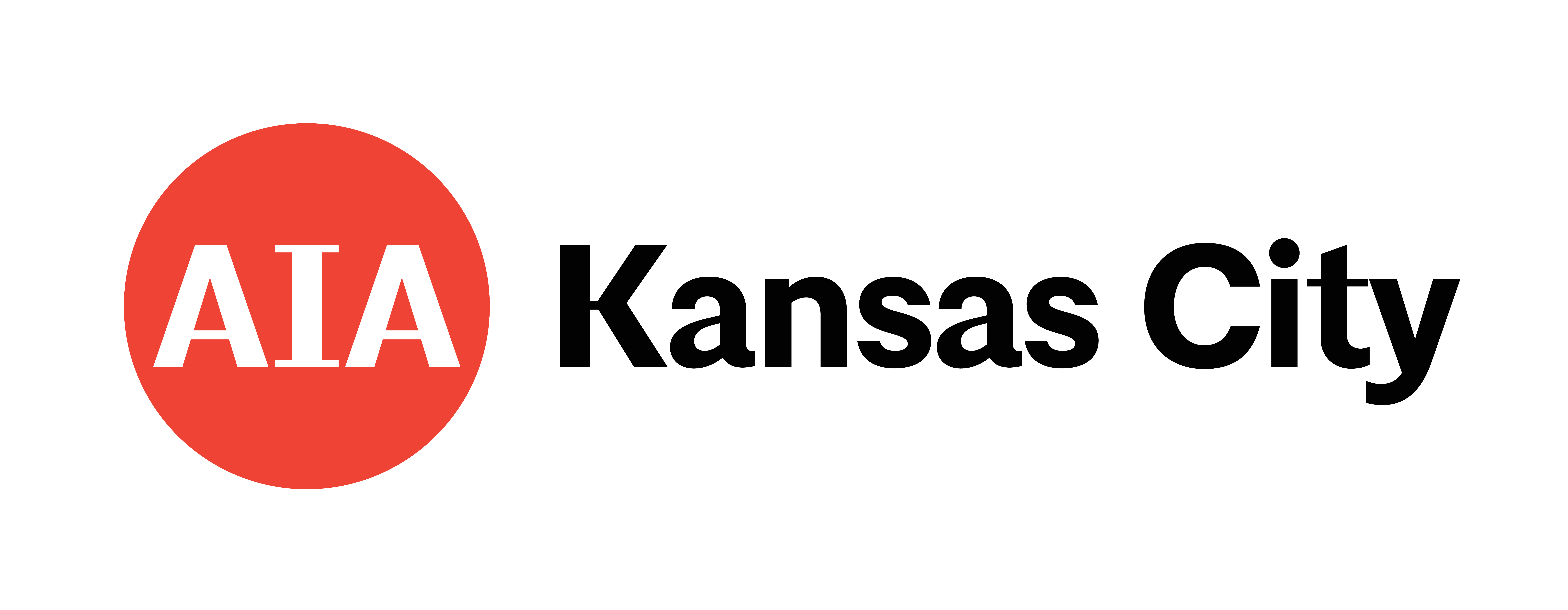Circular Construction in the Digital Age
Learning Objectives:
- Understand how moving from a linear construction model to a circular construction model will reduce green house gas emissions, construction waste, and other environmental issues.
- Learn to identify ways to scale up circular construction techniques with new technologies to make re-use of building materials more efficient.
Credits:
Design and construction have long relied on a take-make-waste model. In her talk, Catherine De Wolf, of the ETH in Zurich, explores how digital tools, including artificial intelligence, robotic manufacturing, and blockchain technology, can help shift the industry away from this linear process toward circularity.

|
Catherine De Wolf is a professor and director of the Chair of Circular Engineering for Architecture (CEA) at ETH Zurich. Her work explores digital innovations such as reality capture and AI to advance the built environment towards a circular economy. She has a dual background in civil engineering and architecture and completed her PhD at MIT. She co-founded several initiatives and companies, including the Structural Engineers 2050 Commitment, the DiCE lab and the circular construction company Anku. She has been on the board of the Carbon Leadership Forum, Switzerland Innovation Park Central, and reuse association Cirkla as well as on the steering committee of the Centre for Augmented Computational Design in Architecture, Engineering and Construction (Design++). She actively collaborates with innovative industry practitioners on renowned projects, such as the reuse of materials like glass from the Centre Pompidou in Paris (Elioth) and timber from the Huber pavilions in Zurich (Baubüro in situ). Catherine provides regular consultation on environmental impact assessments for both government entities like the European Commission and engineering design offices such as Arup. Throughout her career, she has gained international experience working at institutions like the University of Cambridge, TU Delft, EPFL, Nanjing University, Kuwait University, and the African Urban Metabolism Network. Her contributions to these projects were often made possible by securing multiple fellowships, including the Swiss Excellence, WBI World Excellence, and Marie Sklodowska-Curie Postdoctoral Fellowships. Catherine is also a faculty at the AI Center, EMPA, the Future Cities Lab, and the National Centre of Competence in Research on Digital Fabrication (DFAB). |
























